
Confectioner Creates Exquisite Cookies That Look Inedible, in a Good Way
Cookies come in all shapes and sizes, but few look as exquisite as those of Costa Rican confectioner Lorena Rodriguez, founder of Lorena’s Sweets. Looking

Cookies come in all shapes and sizes, but few look as exquisite as those of Costa Rican confectioner Lorena Rodriguez, founder of Lorena’s Sweets. Looking
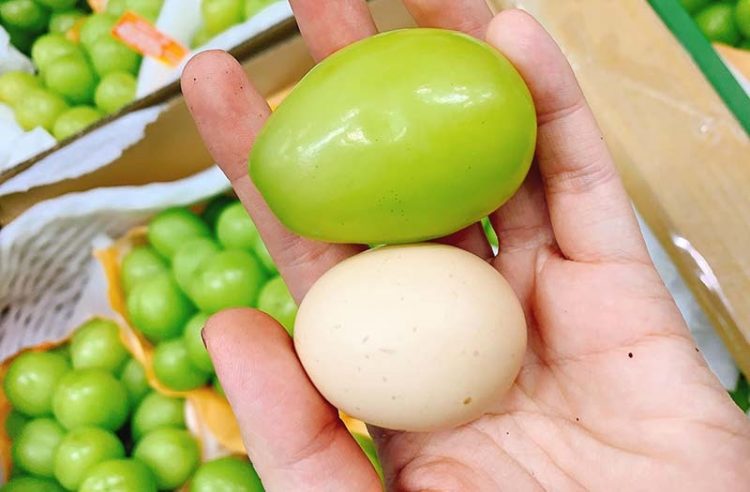
Pictures of giant grapes, larger than the average chicken egg, have been doing the rounds on Vietnamese social media this week, raising questions about their
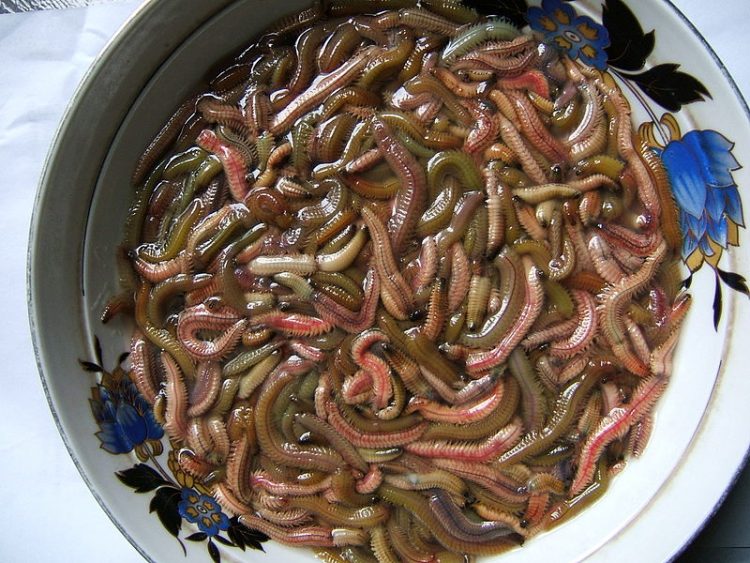
Chả rươi, or sand worm omelet, is a seasonal Vietnamese dish made with unsightly, two-inch-long sea worms that some say give the “delicacy” a caviar-like
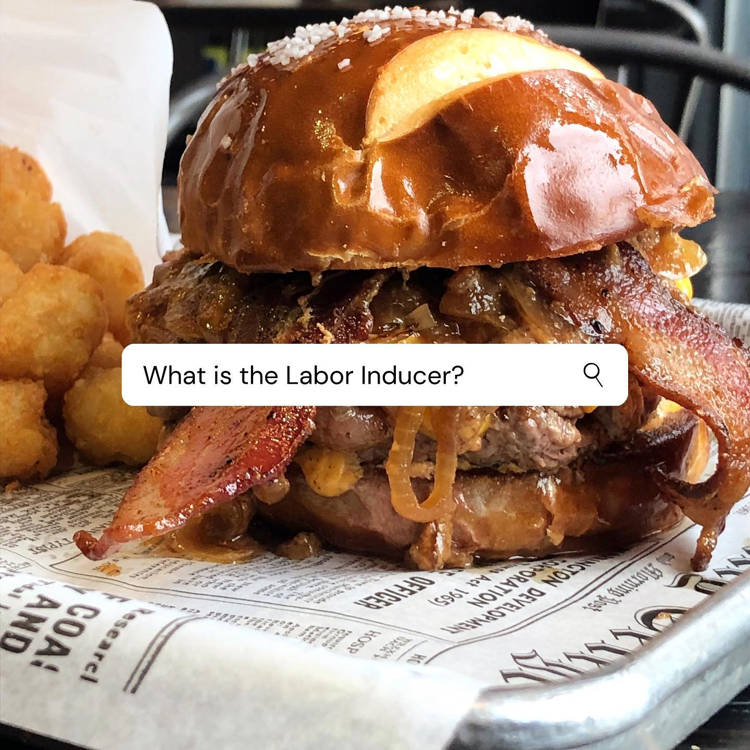
Pregnant women have reportedly been flocking to a restaurant in Excelsior, Minnesota, to try the famed “Labor Inducer” burger and hopefully go into labor faster.

Liz Joy-Murray, an ex-Hollywood art director turned food artist creates sugary masterpieces that look way too good to eat. Looking at Liz Joy-Murray’ intricate pies,

Helen Nugent is the Toronto-based pie maker who specializes in stunning, intricately designed pies that are definitely way too good to eat. Thanksgiving may already
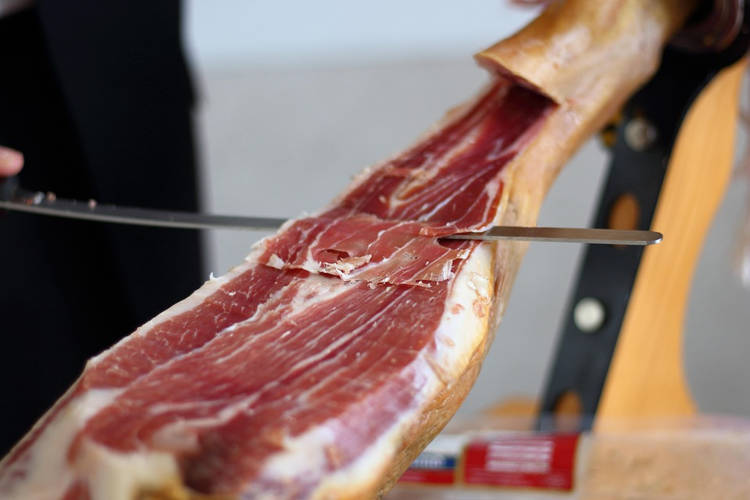
A Spanish ham producer recently announced that it sold the most expensive piece of traditional Iberian ham to a Japanese buyer for the outrageous price

Eddie Lebeau & Richard Amon, the two halves of London-based food art studio Tattooed Bakers pushing the boundaries of what can be achieved in the
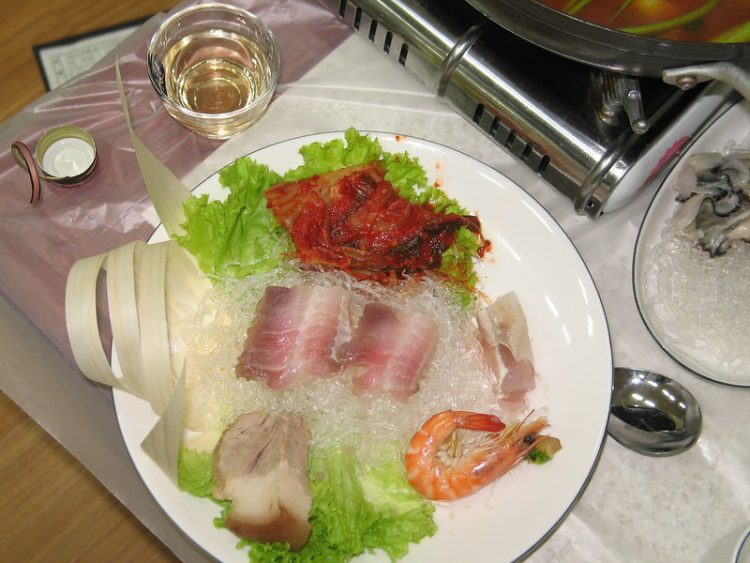
Hongeo is a bizarre South Korean dish with a pungent aroma that most people describe as a mix of dirty public toilet and wet laundry
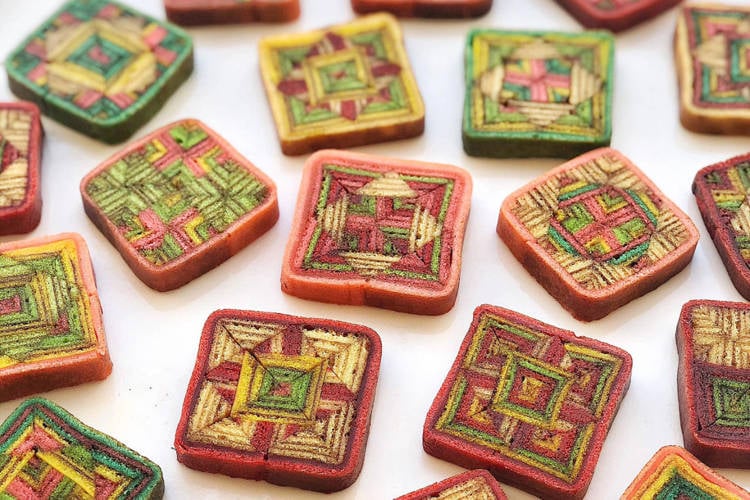
Kek Lapis Sarawak is a traditional Malaysian cake famous both for its intricate kaleidoscopic appearance and the grueling process required to make it. Inspired by
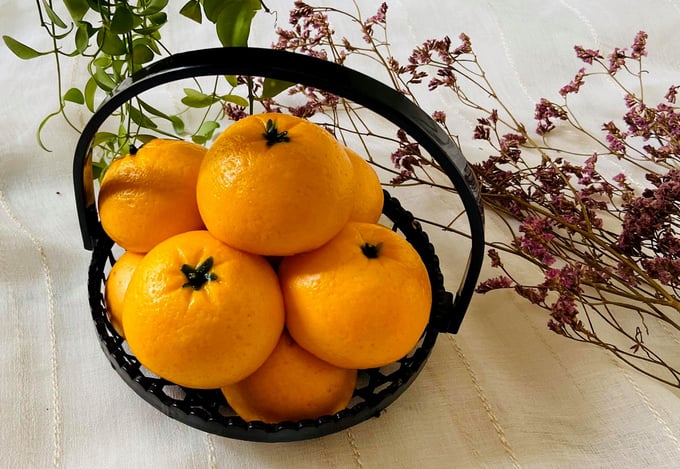
An amateur confectioner from Vietnam has been getting a lot of attention for her stunningly-realistic tangerine-shaped steamed buns. Le Thuy, a secondary school teacher from
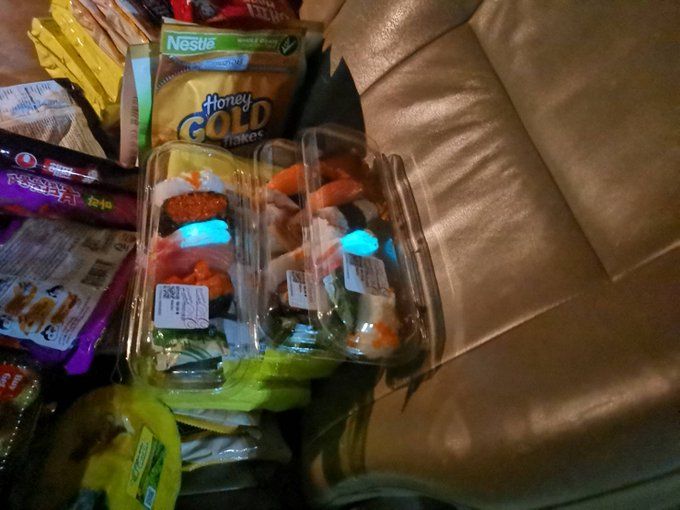
A Thai family got the shock of their lives when they took home a box of sushi to eat only to see it glow bright
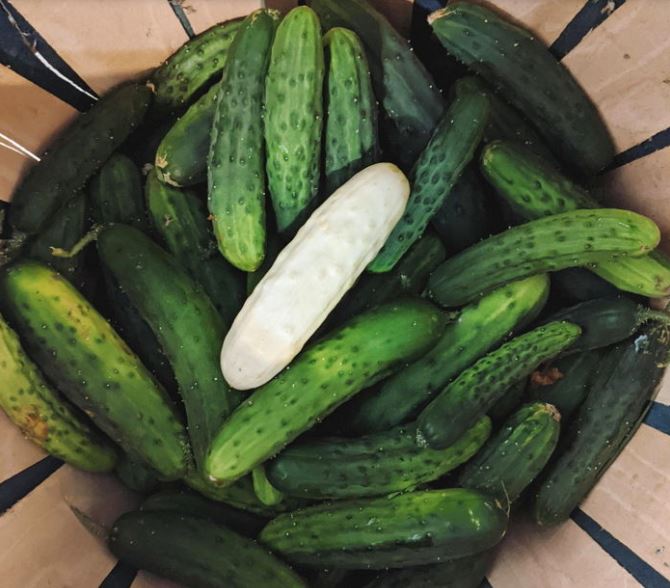
If you’re tired of growing or eating the same old green cucumbers, you’ll be pleased to hear that there is actually an alternative – albino
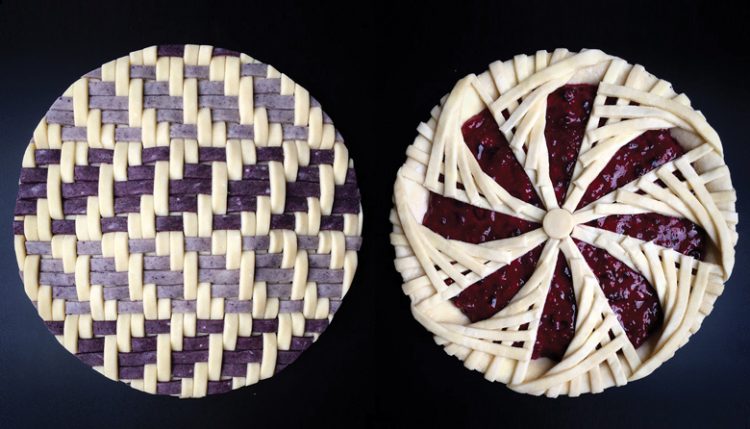
Seattle-based Lauren Ko is a self-taught baker who rose to fame thanks to the mathematical precision of her pie designs, most of which are inspired

From flamboyant wedding cakes shaped like fantasy castles, to edible optical illusions, we’ve featured some amazing cakes here on OC, but this collection of marine-themed